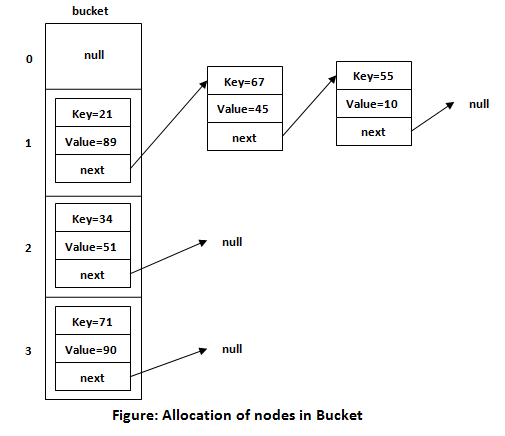
To iterate through each entry of the hashmap, we can use Java for-each loop. java hashmap dsa HashMap in Java is a part of Java Collections Frameworks since Java 1. Merges the specified mapping to the HashMapĬhecks if the specified key is present in HashmapĬhecks if Hashmap contains the specified value What is HashMap in Java - Explained with examples. To learn more, visit Java HashMap remove().Ĭomputes a new value for the specified keyĬomputes value if a mapping for the key is not presentĬomputes a value for mapping if the key is present Since 2 is not associated with C++, it doesn't remove the entry.

Here, the remove() method only removes the entry if the key 2 is associated with the value C++. We can also remove the entry only under certain conditions. It then returns the value associated with the key and removes the entry. Hash elements use balanced trees instead of linked lists under certain circumstances now. Here, the remove() method takes the key as its parameter. The way entries are indexed and stored has changed in the Java 8 update.
Java hashmap example code#
Just copy paste below statement to your code and rename the HashMap variable from hm to your HashMap variable to print out key-value pair. Here, the type of keys is String and the type of values is Integer.Įxample 1: Create HashMap in Java import In Java 1.8 (Java 8) this has become lot easier by using forEach method from Aggregate operations ( Stream operations) that looks similar to iterators from Iterable Interface. For example, HashMap numbers = new HashMap() Here, K represents the key type and V represents the type of values. In Java 1. In the above code, we have created a hashmap named numbers. hashMap creation with 8 capacity and 0.6 load factor Java hashmap a complete tutorial for beginners with examples, methods and functions, explanation of each class from java key value pair to put method. Once we import the package, here is how we can create hashmaps in Java. In your example, the value 17 will be simply replaced with 20 for the same key 10 inside the HashMap. In order to create a hash map, we must import the package first. Your case is not talking about collision resolution, it is simply replacement of older value with a new value for the same key because Java's HashMap can't contain duplicates (i.e., multiple values) for the same key. Youll be able to iterate over HashMap entries through keys set however they. The HashMap class implements the Map interface. Java HashMap permits null key and null values. Here, keys are unique identifiers used to associate each value on a map.

Entry is an inner class in whatever Map implementation we are using (here, in this case its HashMap).

The HashMap class of the Java collections framework provides the functionality of the hash table data structure. In the above example, we have used HashMap.Entry().


 0 kommentar(er)
0 kommentar(er)
